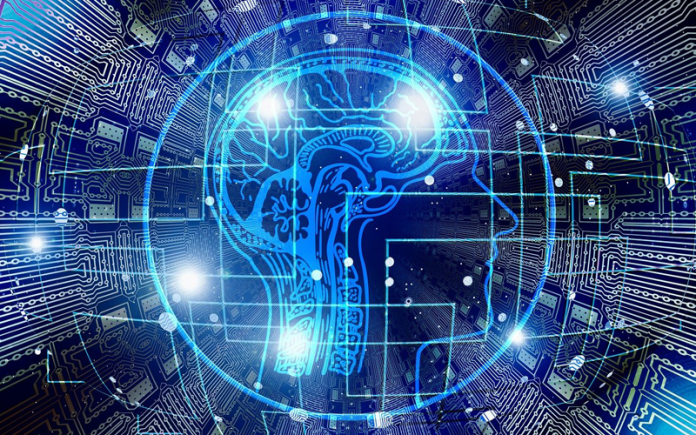Over the past years, GIS skills and education have changed. So that is why it becomes vital for you to update your skills with the latest changes to stay competitive in this rapidly growing technology. However, Geospatial data science provides robust tools and techniques to researchers, allowing them to extract essential insights from spatial data.
These tools and techniques make the field of data science more competitive. Therefore, to stay competitive, you must upskill yourself with various tools, techniques and new skills. In this article, we will show you some essential spatial data science skills to learn in 2021.
Table of Contents
1.GitHub
If you are doing things relating to coding, you must hear about GitHub. However, after Stack Overflow, GitHub is one of the most common tools used by most developers.
GitHub allows developers to host their code online more efficiently. However, it also offers a controlling version to developers, helping them manage numerous build channels.
It also comes with various enterprise-grade features that make it a powerful tool for developers.
Some enterprise-grade features are integration for support for thousands of services, secure collaboration and welcoming community supporting.
The bottom line is that GitHub is one of the robust tools for developers, helping them host their codes more efficiently.
2.Agile
Agile is a type of project management model and software development that deliver smaller but functional iterations.
However, before producing an iteration, Agile allows a systematic approach to bring everyone on the same page.
Learning Agile will help you to acknowledge feedback, change requests and implement them to complete each iteration.
Learning Agile will allow you to plan and prioritize your project’s milestones.
3.Programming
There is no doubt that programming is one of the essential spatial data science skills. Programming allows us to convert unprocessed data into useful information.
We can say that it is one of the core skills of a data scientist. Nowadays, almost all programming packages integrated with both Python and R languages.
You can have access to various programming languages like Swift, Python, R, Julia and Scala. You can use both QGIS and ArcGIS to start coding.
However, you have to select your choice of programming language, to get started with fewer barriers.
For example, if you are choosing Python, you have to find an integrated development environment like Psycharm and Visual studio code. On the other hand, you can also use the Jupyter Notebook environment.
Jupyter is one of the most common tools used in spatial data science. If you are choosing the R programming language, you have to use tools like R studio.
However, Jupyter Notebook is also supporting the R language.
4.SQL
Previously, we get to know the importance of programming languages. But you must have the knowledge to extract raw data from thousands of resources.
In this case, SQL comes into action. It helps in extracting the data from different sources and converting them into valuable insights.
However, SQL comes with some essential data manipulation techniques that will help you to process and restructure the data.
Apart from coding, a data scientist must have the knowledge of SQL to derive valuable insights. Many organizations like Google’s BigQuery and GIS are adopting SQL.
However, you can also integrate programming languages like Python and R with SQL to get results faster.
5.Cloud
Do you know? Many industries are running their business on the cloud. It is because the cloud provides affordable computing resources for resource-hungry domains like AI, Machine learning and Data Science.
Another reason is that many prominent companies like Google, IBM, Microsoft and NVIDIA are working and making cloud easy-to-use for every user.
6.AI and ML
Machine learning and Artificial intelligence are disrupting the GIS industry. Satellite imagery and unstructured data with spatial components make machine learning more appealing in GIS.
Nowadays, both low and no code machine learning and artificial intelligence tools are available for data scientists.
You can use natural language processing and computer vision to create a state of deep learning.
Wrapping up
After seeing all these essential spatial data science skills, we can say the future of data scientists is bright. Over the past years, skillsets changed very much. You can learn SQL and programming languages to enhance your analytical knowledge. Cloud is also enabling many Geospatial applications for data scientists.








